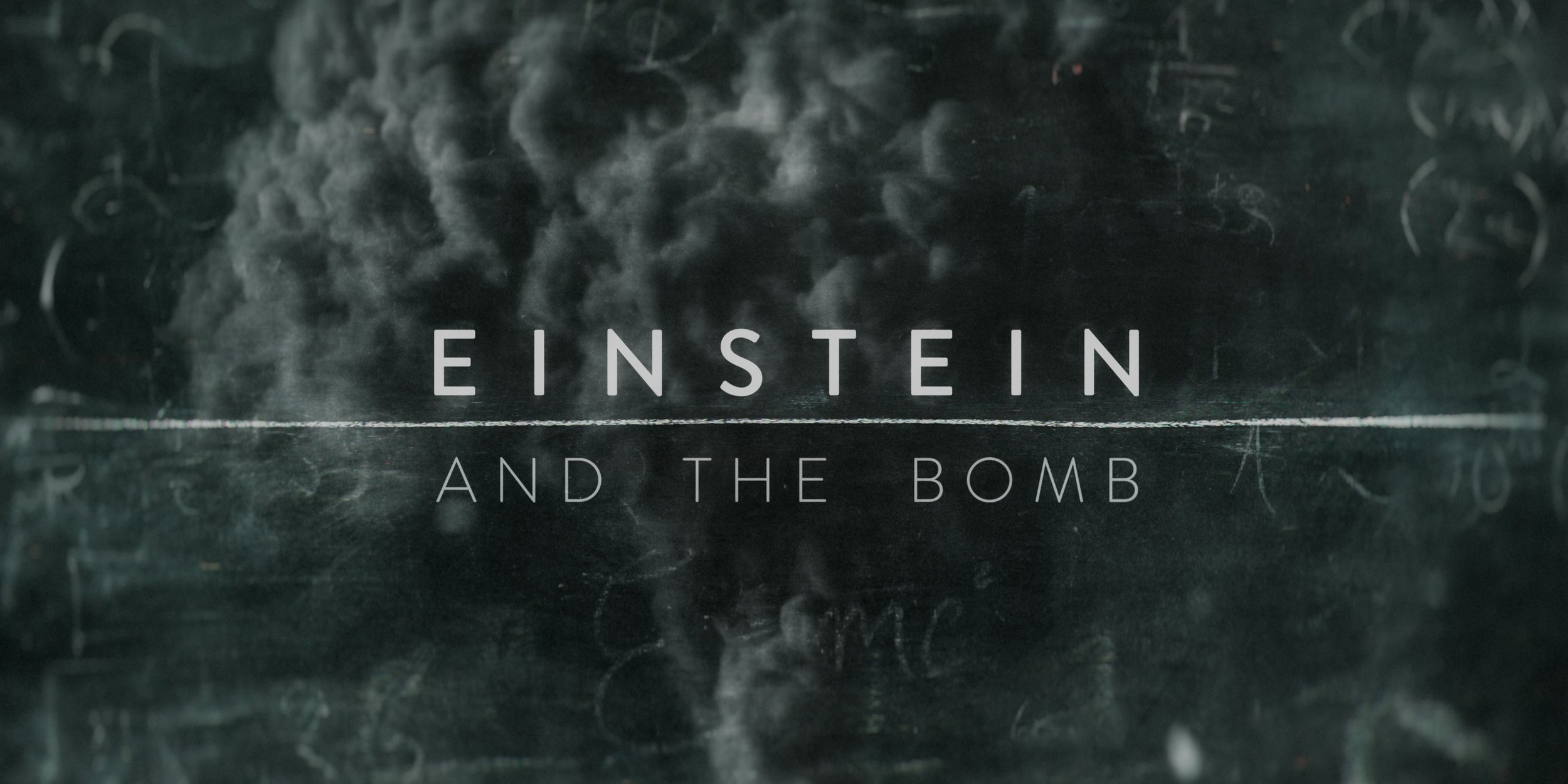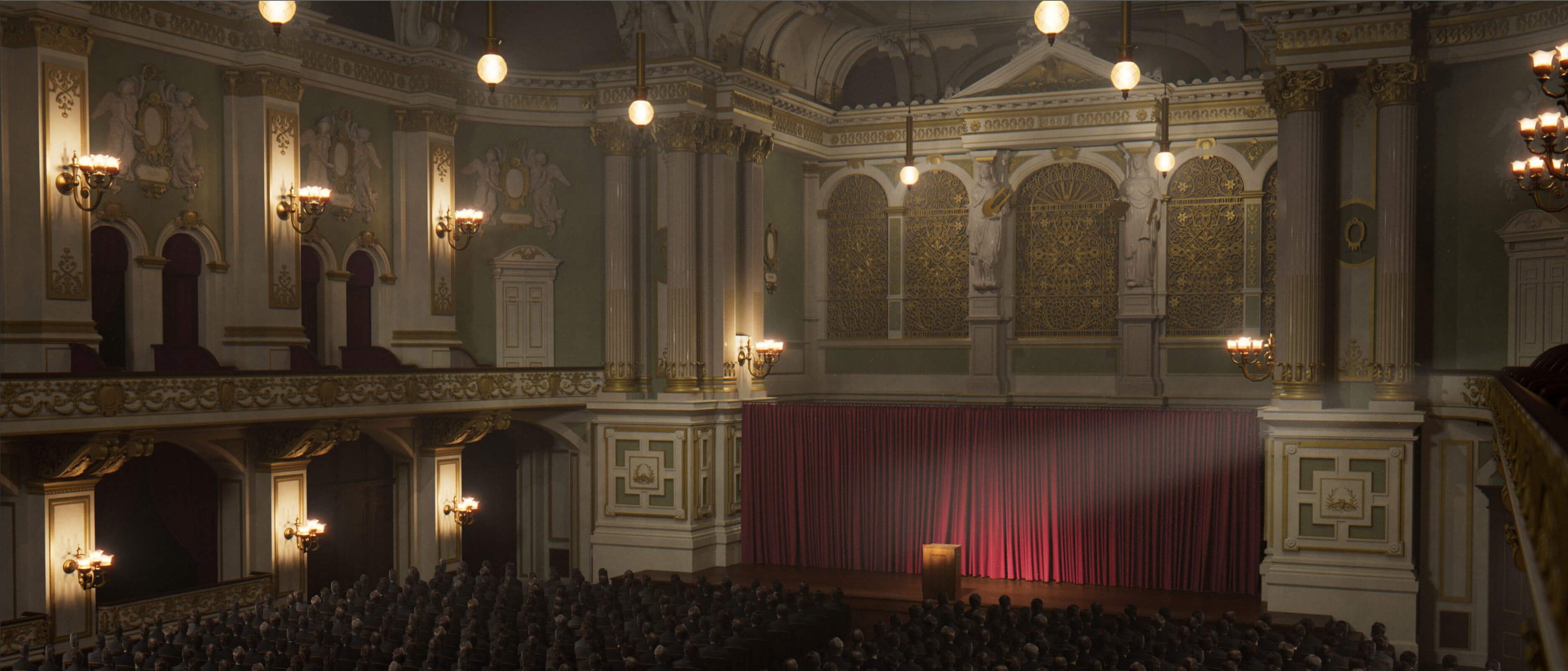Einstein and the Bomb: Recreating the past through VFX
The Brief
We had the pleasure of working with long-time partners Netflix and the BBC Studios Science Unit on the historical docu-drama ‘Einstein and the Bomb’. With a focus on recreating venues and locations from the past with as much accuracy and realism as possible, we blended state-of-the-art VFX technologies with research and historical documents to achieve a balance between cinematic storytelling and real-life events.
Client
Netflix/BBC Studios Science Unit
Year delivered
2024
What we did
Our VFX and CGI teams worked closely with the BBC Studios Science Unit and Netflix production teams to deliver over 70 shots for the 90-minute historical drama. Our goal was for the viewer to feel completely immersed in Einstein’s reality – which was centred around two pivotal weeks spent in Norfolk in 1933. This included flashbacks from his early days as a young student to his first academic triumphs in Berlin.
Following the direction of Anthony Philipson and the talented writing by Philip Ralph, our scope included set extensions, crowd simulation, lighting control, and immersive CGI.
A key scene involved rebuilding a historical building that was destroyed during World War II – the Berlin Philharmonic Hall. The scene is centred on a speech Einstein delivered for the ‘Society for the Preservation of Pure Science’ and required extensive CGI to achieve a photorealistic result. We worked very closely with historians and set design to rebuild an accurate version of the Berlin Philharmonie. Using a combination of live action footage from the set at Shepperton Studios, we used a combination of Houdini, Maya and Nuke to form complex crowd simulations. There were only so many extras on set and in reality, there were hundreds in the audience at the talk.
This required the use of green screens and crowd simulation but due to the need to ensure consistency in lighting, our 3D and compositing teams had the challenge of delivering on this.
Our CG Supervisor Timmy Willmott took charge by matching the lighting to the VFX plates, providing a strategic combination of AOVs and light groups to our compositing team, lead by Tav Flett. This enabled Tav and the team to blend all of the CG elements together seamlessly and realistically.
In another critical scene, where a young Einstein begins to ponder on what would later become his Theory of Relativity, we were tasked with bringing the daydream to life cinematically.
The scene involved a youthful Einstein imagining running at the speed of light to catch a photon. In comparison to the photorealistic Berlin Philharmonic Hall sequence, this scene had a very impressionist approach – a conceptual journey rather than a straight retelling which again combined 3D modelling, animation and compositing in Houdini, Maya and Nuke.
We worked with footage of a young actor running on a treadmill against a green screen. From this, we created a fully-rendered VFX environment which transports young Einstein into the heart of quantum mechanics, and the viewer directly into Einstein’s imagination.
Accuracy, as ever, was key for the production team, and as a result, we used real-life data to ensure the physics of light and movement of the photons were realistic. Nuke was used to bring all the elements together seamlessly, integrating the live-action footage with the CGI environment and ensuring that lighting, shadows, and reflections matched the surrounding environment convincingly.
In addition to these pivotal scenes, we supplied a variety of wider shots for the docu-drama. These included further set extensions – primarily backdrops to 1920s Berlin. A combination of archive photos and video, including some shots of pre-war Berlin were used to bring these sequences to life.
The results
Our team delivered over 70 complex and cinematic VFX shots with historical and scientific accuracy. The whole project was a great opportunity to blend our creativity with very scientifically-grounded work, and to demonstrate our ability to work comfortably in all styles. We created both realistic and visually stunning sequences which contribute significantly to storytelling and character development.
Inspired by the story of Einstein and the Bomb? Take a look at some of our other projects here.



